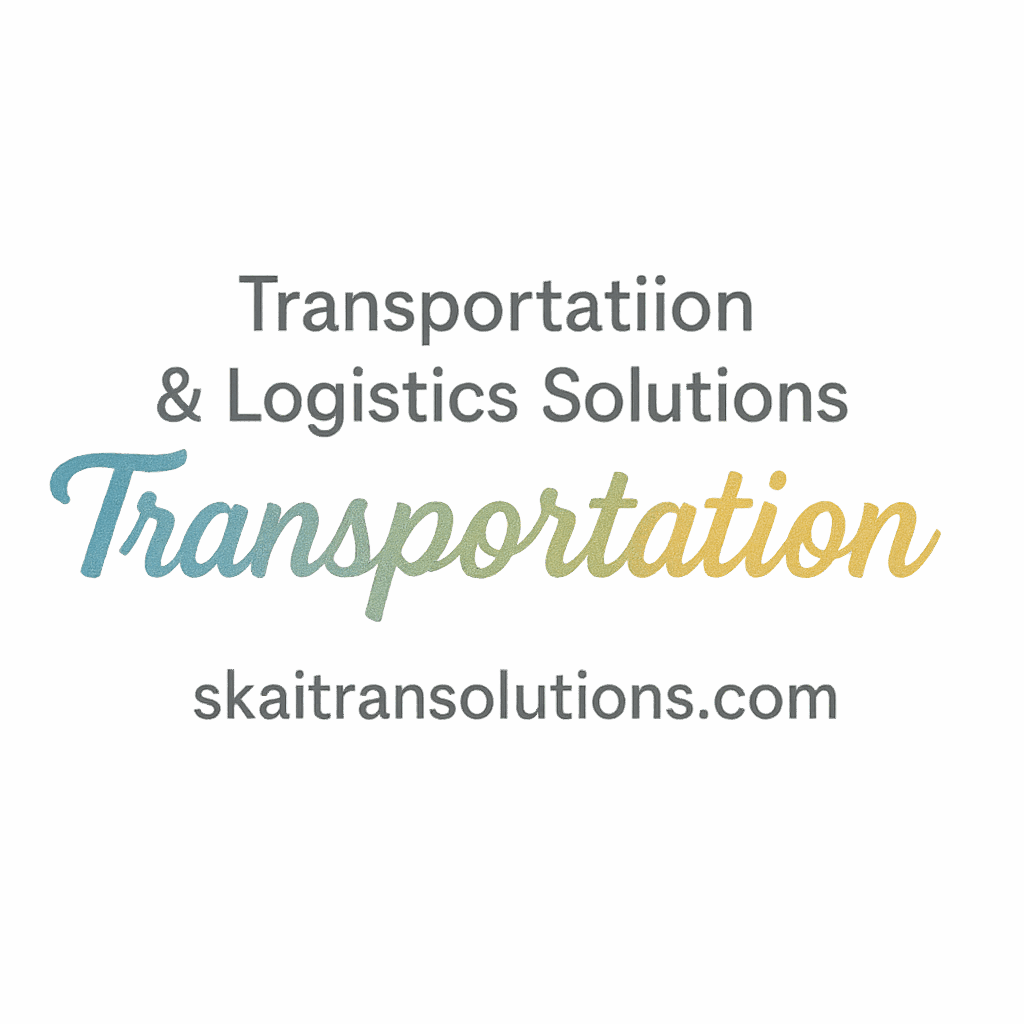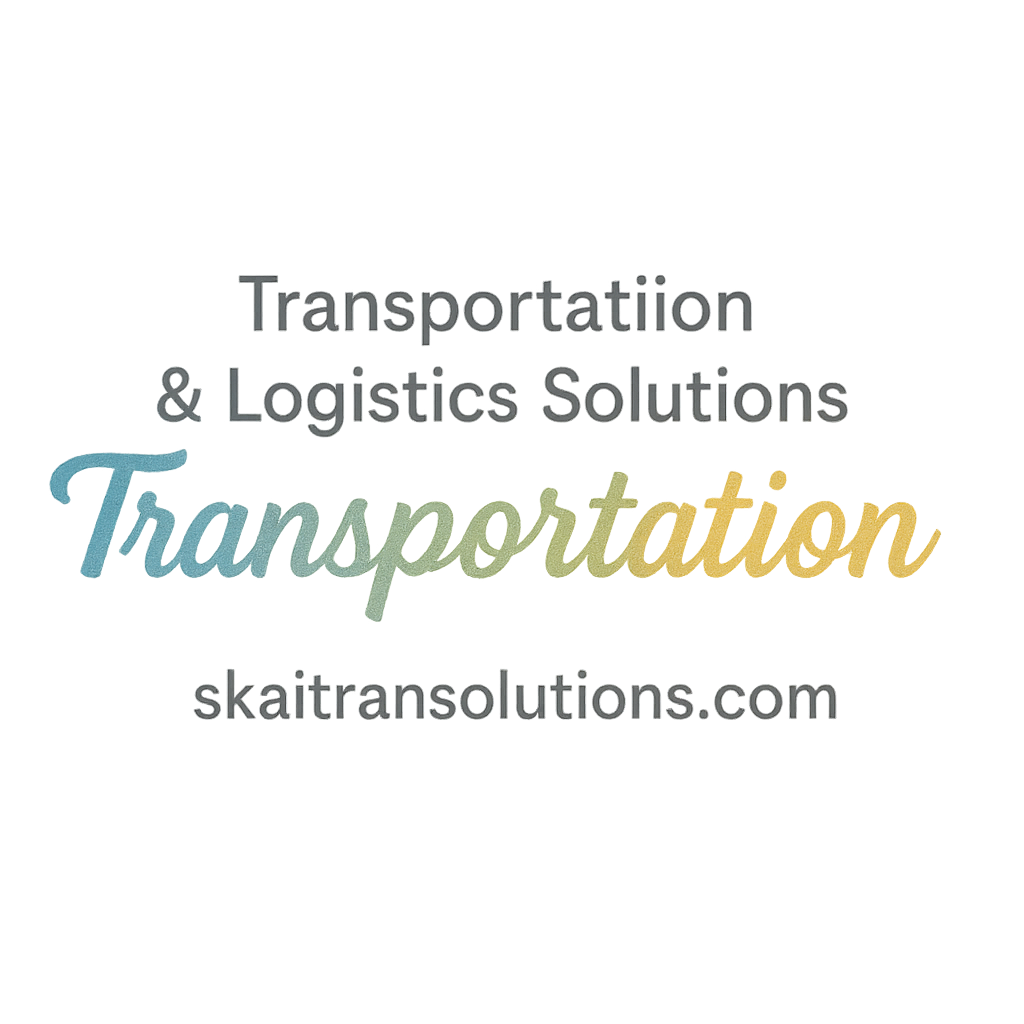Introduction to Transportation Delays
Let’s be real—nothing ruins a good logistics plan faster than transportation delays. Whether you’re managing freight, delivering goods, or operating a full-blown fleet, even a few minutes of delay can ripple into hours of customer frustration, skyrocketing costs, and operational chaos. In today’s hyper-competitive, time-sensitive logistics environment, reducing delays isn’t just a goal—it’s a necessity.
If you’re tired of chasing trucks, playing the blame game, and apologizing to angry customers, then you’re in the right place.
Why Do Transportation Delays Happen?
Before we tackle how to fix the problem, we’ve got to understand what’s causing it. Here’s what typically slows things down:
Poor Route Planning
Taking the scenic route may be great for road trips—but for business? Not so much. Without optimized routing, you’re wasting fuel, time, and labor.
Inefficient Communication
A lack of real-time communication between drivers, dispatchers, and clients often leads to misaligned schedules and delivery confusion.
Equipment Failures
When a vehicle breaks down en route, that’s a surefire delay—and a pricey one too. Regular maintenance isn’t optional—it’s mission critical.
Regulatory Issues
Missing paperwork, inspection delays, or non-compliance with local laws can halt your vehicles faster than a red light.
Weather and Unforeseen Events
Mother Nature doesn’t care about your deadlines. Heavy rains, snowstorms, or natural disasters cause inevitable slowdowns.
To dive deeper into these risks and more, check out Transportation Industry Insights.
The High Cost of Transportation Delays
Think it’s just about being late? Think again. Delays can lead to:
- Loss of customer trust
- Extra fuel and labor costs
- Compromised goods (especially perishable ones)
- Breach of SLA agreements
- Increased insurance premiums
Ready to break this cycle? Let’s explore the five game-changing strategies to reduce transportation delays.
Strategy 1: Optimize Route Planning
Efficient route planning is like playing chess—not checkers. It’s not about getting from point A to B, it’s about getting there faster, smarter, and cheaper.
Leverage AI and Real-Time Data
Modern logistics tools use AI to suggest optimized routes based on real-time traffic, road closures, weather updates, and delivery windows. This minimizes wasted miles and time.
Use of GPS and Predictive Analytics
GPS helps you track vehicles live. Predictive analytics goes a step further by suggesting alternative routes before delays occur. Integrating this into your workflow is a no-brainer.
Want to learn more about innovation in logistics? Visit Transportation Technology Innovation.
Strategy 2: Strengthen Communication Channels
Let’s face it—miscommunication is a delay waiting to happen. Clear, real-time communication keeps everything moving like a well-oiled machine.
Integrating Centralized Communication Systems
Gone are the days of juggling emails, calls, and sticky notes. Use centralized platforms where everyone—from dispatchers to drivers—can share updates in real-time.
Using Fleet Management Software
Fleet management tools allow you to send alerts, reroute vehicles, and manage resources more efficiently. These tools are designed with delay prevention in mind.
Discover more Operational Best Practices for streamlining your transport processes.
Strategy 3: Invest in Preventive Vehicle Maintenance
You wouldn’t fly in a plane with a check engine light on, right? So why send out trucks without regular checkups?
Maintenance Scheduling and Tracking
Implement routine service schedules for brakes, tires, oil changes, and engine diagnostics. Use software to track service history and flag upcoming maintenance.
Leveraging Telematics for Predictive Maintenance
Telematics systems collect data from vehicle sensors and alert you before something goes wrong. It’s like having a mechanic riding shotgun.
Explore Fleet Safety and Customer Experience to ensure your vehicles stay in top shape.

Strategy 4: Improve Regulatory Compliance
Delays caused by compliance issues can be avoided with proper planning.
Automate Compliance Documentation
Use digital systems to manage licenses, permits, and inspections. Automate reminders for renewals and submissions.
Stay Updated with Local and Global Regulations
Keep your compliance team informed about the latest DOT, FMCSA, and regional transportation laws to prevent surprise stops or fines.
Check out our resources tagged with Compliance for more insights.
Strategy 5: Adapt to External Disruptions Proactively
Because, let’s be honest—stuff happens. But you can prepare for it.
Have Contingency Plans in Place
Have alternate routes, backup drivers, and overflow vehicles ready to roll. Planning for the unexpected makes all the difference.
Incorporate Risk Forecasting Tools
Use tools that predict weather patterns, political unrest, or supply chain disruptions so you can respond faster.
Learn how Logistics & Supply Chain Solutions help mitigate external risks.
How Technology Helps in Reducing Transportation Delays
Autonomous Vehicles and Automation
Driverless tech is no longer sci-fi. Autonomous vehicles are being tested in freight systems, reducing delays caused by human error or rest stops.
Explore our Autonomous tag to see how the future’s driving itself.
Transportation Management Systems (TMS)
A solid TMS integrates all your logistics operations, helping you track, analyze, and manage shipments in real-time.
Role of KPIs and Performance Tracking
Use of Dashboards and Metrics
Monitor real-time delivery stats, driver performance, idle time, and route efficiency through intuitive dashboards.
Real-Time Reporting for Decision-Making
Having up-to-date reports allows managers to adjust on the fly, spot issues, and make better decisions instantly.
Check out more on Metrics, KPIs, and Performance.
Operational Best Practices for Delay-Free Transport
- Establish SOPs for loading and dispatch
- Digitize paperwork
- Train drivers on customer service
- Use IoT to monitor cargo temperature and integrity
- Track every leg of the journey
Visit Operational Best Practices for more ideas.
The Future of Delay-Free Logistics
Logistics is evolving—and quickly. With tools like blockchain for shipment transparency, drones for last-mile delivery, and AI-assisted planning, transportation delays may one day be a thing of the past.
To stay on top of emerging trends, explore our Innovation tag.
Conclusion
Reducing transportation delays isn’t just about shaving off a few minutes—it’s about building trust, cutting costs, and staying ahead of your competitors. By optimizing routes, investing in tech, improving communication, and staying compliant, you’re not just reacting to delays—you’re preventing them altogether.
Use these five strategies as your roadmap to smoother, faster, and more reliable deliveries. Your customers—and your bottom line—will thank you.
FAQs
1. What is the main cause of transportation delays?
The top culprits are poor route planning, equipment failure, bad weather, and lack of communication between logistics teams.
2. How do I track transportation delays in real-time?
Use fleet tracking tools, GPS systems, and Transportation Management Systems (TMS) that provide real-time updates.
3. Can predictive analytics really help avoid delays?
Absolutely! Predictive analytics use historical data and real-time info to suggest better routes and alert you to potential disruptions.
4. How often should I service my fleet to avoid breakdowns?
Follow the manufacturer’s guidelines, but many companies do monthly or mileage-based inspections to stay ahead of issues.
5. What tools help with transportation compliance?
Fleet management platforms and document automation tools help you track and manage permits, licenses, and inspection records.
6. How can small logistics companies afford these technologies?
Start small—use free or affordable versions of tracking apps and gradually scale. The long-term savings from fewer delays are worth it.
7. Where can I learn more about reducing costs and delays in logistics?
Visit SkaiTran Solutions, and explore tags like Cost Reduction, Strategy, and Supply Chain.


